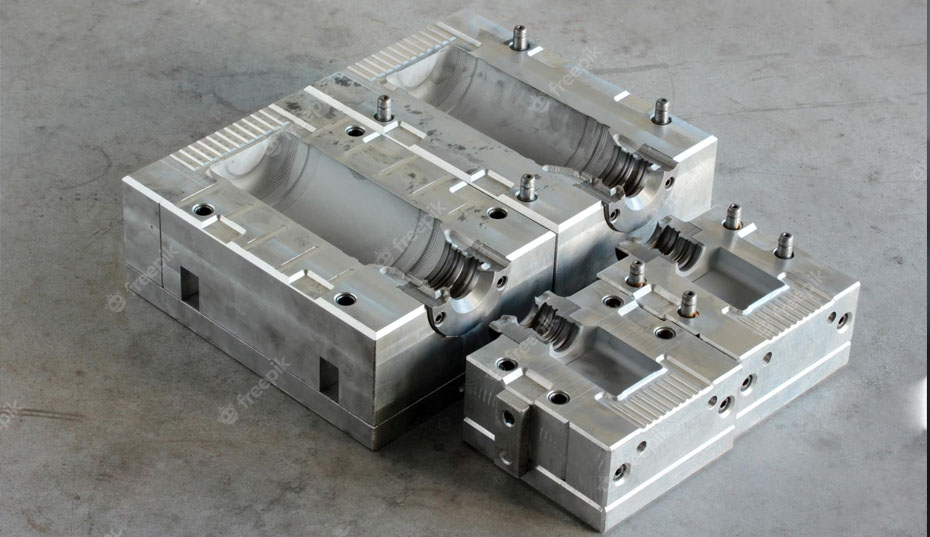
Automotive plastic injection molding is a manufacturing process that has revolutionized the production of vehicle parts. This process involves injecting molten plastic into a mold and then allowing it to cool and harden to form the desired shape. The technique has become increasingly popular in the automotive industry due to its ability to produce high-quality and complex parts at a reduced cost. In this article, I will delve deeper into the world of automotive plastic injection molding, its history, advantages, materials used, types of processes, challenges, and the future of the industry.
History of Automotive Plastic Injection Molding
The history of plastic injection molding in the automotive industry dates back to the 1940s. During this time, the production of plastic parts was limited to simple items such as knobs and handles. However, the development of high-temperature thermoplastics and the injection molding process led to the production of more complex parts such as dashboards, bumpers, and fenders.
In the 1960s, the use of plastic injection molding in the automotive industry gained popularity due to its ability to produce lightweight parts that were resistant to corrosion and impact. This led to the production of more fuel-efficient cars that were also safer to drive.
Advantages of Using Plastic Injection Molding in Automotive Manufacturing
The use of plastic injection molding in automotive manufacturing has several advantages. Firstly, it allows for the production of complex shapes and designs that would be difficult or impossible to achieve using traditional manufacturing methods. This has led to the creation of more aerodynamic and visually appealing vehicles.
Secondly, plastic injection molding is a cost-effective method of production. The process is highly automated, which reduces labor costs, and the materials used are relatively inexpensive.
Thirdly, plastic injection molding allows for the creation of lightweight parts that improve fuel efficiency and reduce emissions. Plastic parts are also more durable and resistant to corrosion, which leads to longer-lasting vehicles.
Materials Used in Automotive Plastic Injection Molding
The materials used in automotive plastic injection molding are typically thermoplastics, which can be melted and re-melted without causing any damage to their properties. Some of the most commonly used thermoplastics in the industry include polypropylene, polyethylene, polycarbonate, and acrylonitrile-butadiene-styrene (ABS).
The choice of material depends on the specific part being produced and the desired properties. For example, polypropylene is commonly used for interior parts such as dashboards, while ABS is used for exterior parts such as bumpers and fenders.
Types of Plastic Injection Molding Processes for Automotive Manufacturing
There are several types of plastic injection molding processes used in automotive manufacturing. These include:
- Gas-assisted injection molding: This process involves the injection of plastic into a mold that contains nitrogen gas. The gas pushes the plastic to the edges of the mold, which reduces the amount of material used and improves the strength of the part.
- Two-shot injection molding: This process involves the injection of two different materials into a mold at the same time. This allows for the creation of parts with multiple colors or textures.
- In-mold labeling: This process involves the injection of a label or graphic into the mold along with the plastic. The label becomes an integral part of the part, eliminating the need for a separate labeling process.
Challenges Faced in Automotive Plastic Injection Molding
Despite its many advantages, automotive plastic injection molding also has a few challenges. Firstly, the process requires a high level of precision and expertise. Any mistakes or defects during the production process can result in faulty parts and wasted materials.
Secondly, the process requires a significant initial investment in machinery and equipment. This can be a barrier for smaller companies looking to enter the industry.
Finally, plastic injection molding produces a significant amount of waste materials, which can be harmful to the environment if not disposed of properly.
Future of Automotive Plastic Injection Molding
The future of automotive plastic injection molding looks promising. The industry is expected to continue to grow due to its ability to produce high-quality and complex parts at a reduced cost. The development of new materials and processes will also improve the durability and sustainability of plastic parts.
One of the most significant advancements in the industry is the use of 3D printing for tooling and prototyping. This allows for faster and more cost-effective production of molds and parts.
Examples of Automotive Parts Manufactured Using Plastic Injection Molding
Many different parts of a vehicle can be produced using plastic injection molding, including:
- Bumpers and fenders
- Dashboards and interior panels
- Air ducts and ventilation systems
- Door handles and mirror casings
- Electrical components such as connectors and switches
Top Automotive Plastic Injection Molding Companies
There are several companies that specialize in automotive plastic injection molding. These include:
- Magna International Inc.
- Continental AG
- Faurecia SA
- Delphi Technologies
- Lear Corporation
These companies have extensive experience in the development and production of plastic parts for the automotive industry and are known for their high-quality and innovative solutions.
Conclusion: The Impact of Automotive Plastic Injection Molding on the Industry
In conclusion, automotive plastic injection molding is a manufacturing process that has significantly impacted the automotive industry. The process has allowed for the production of high-quality and complex parts at a reduced cost, leading to safer, more fuel-efficient, and visually appealing vehicles.
Although the process has a few challenges, the future of the industry looks promising. The development of new materials and processes, as well as advancements in 3D printing, will continue to improve the durability and sustainability of plastic parts.
As the industry continues to grow, it is essential to work towards reducing waste and improving the environmental impact of plastic injection molding. Overall, the benefits of this process are clear, and it is expected to continue to play a significant role in the automotive industry for years to come.





